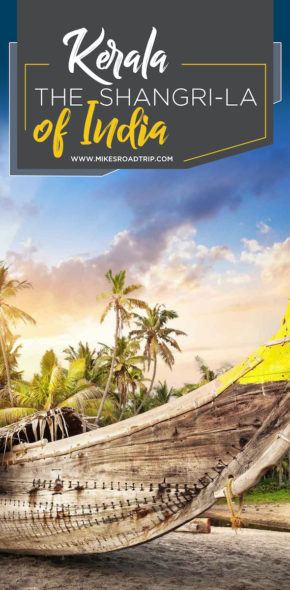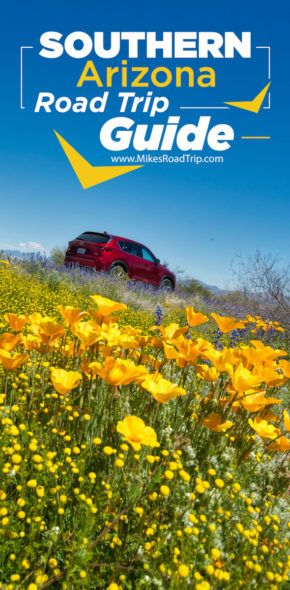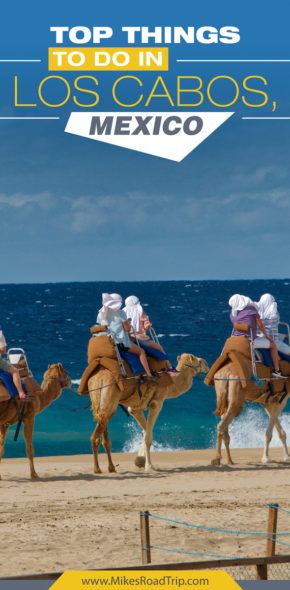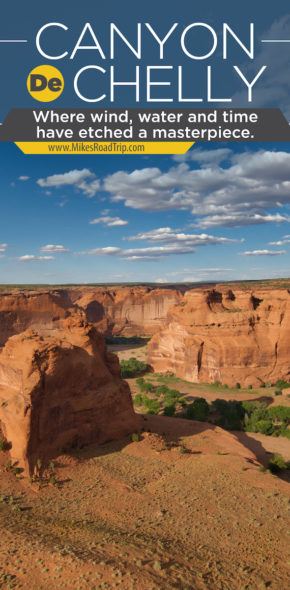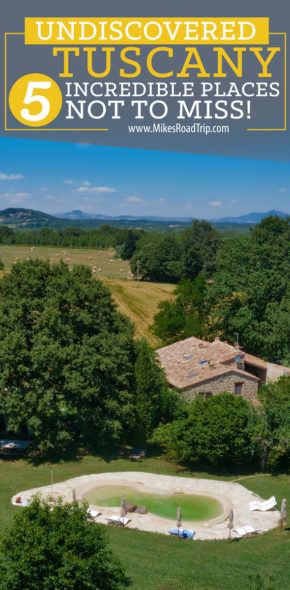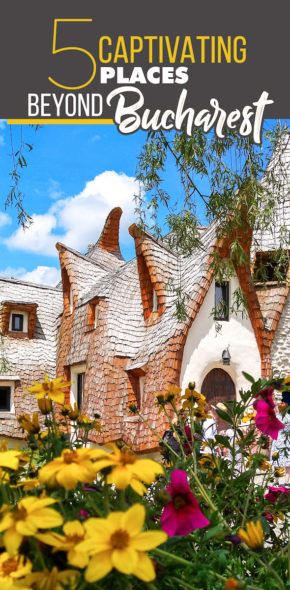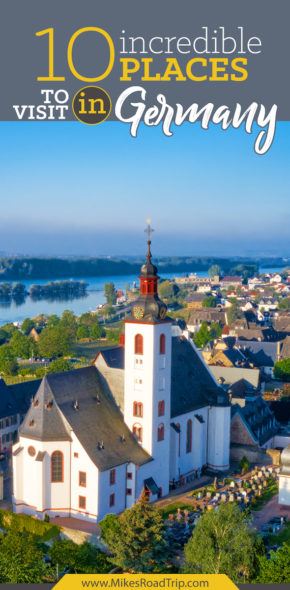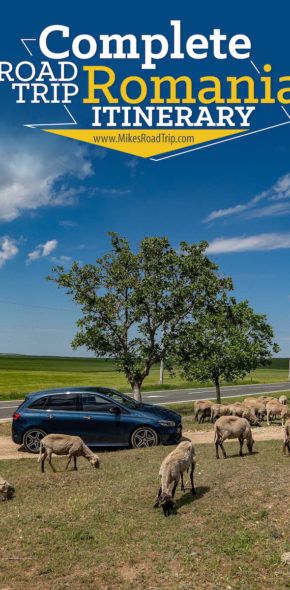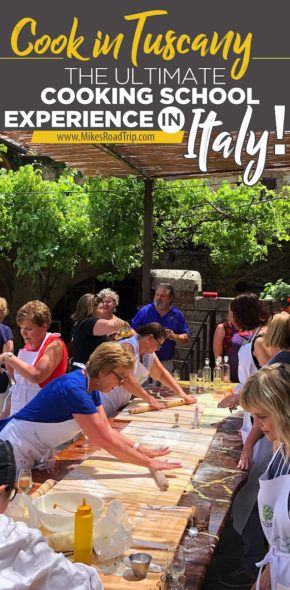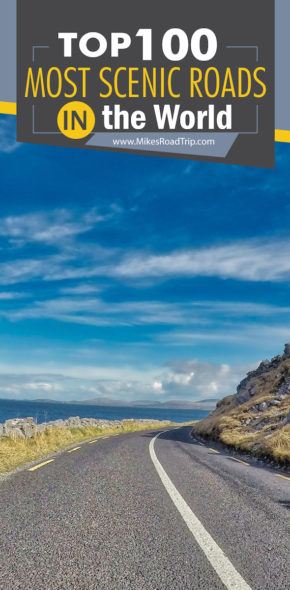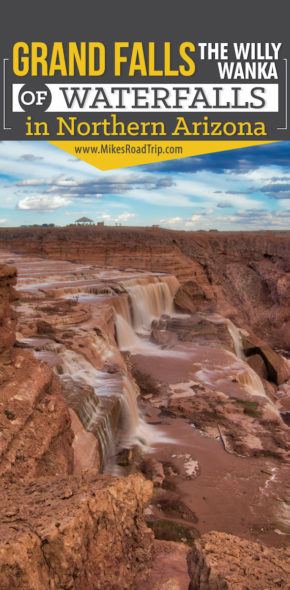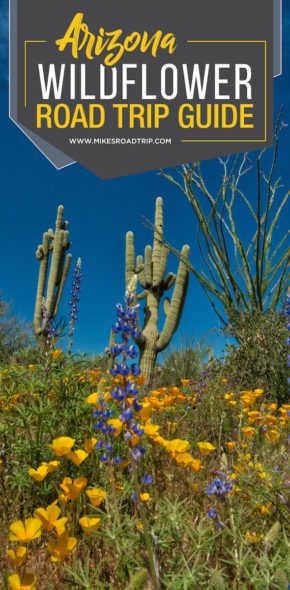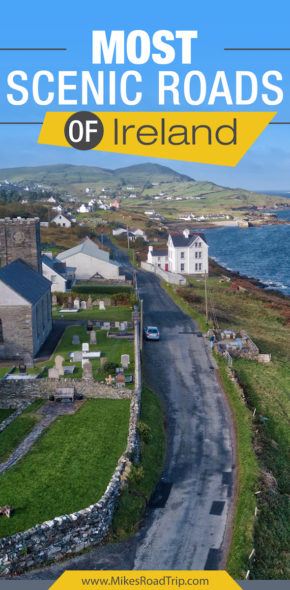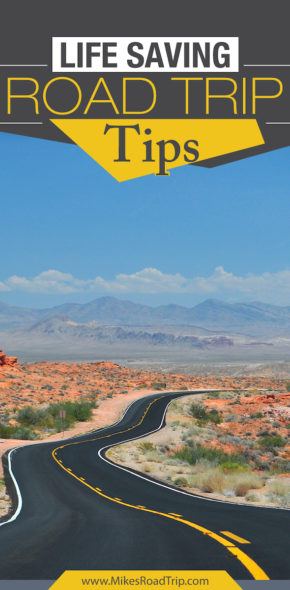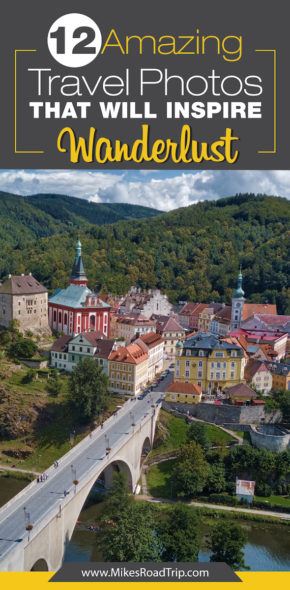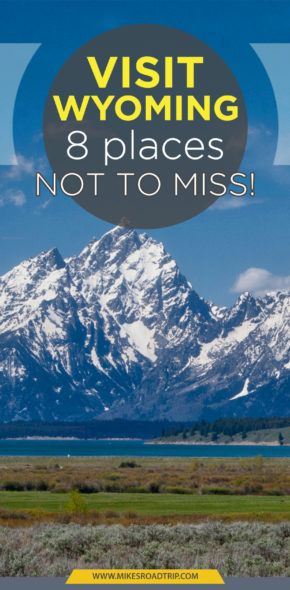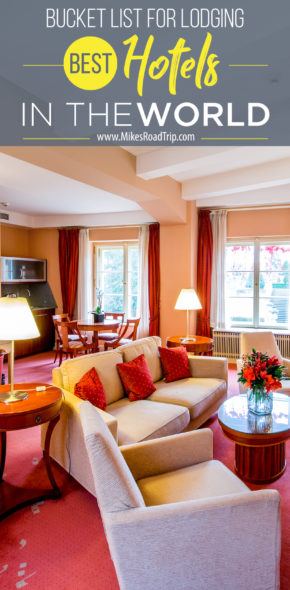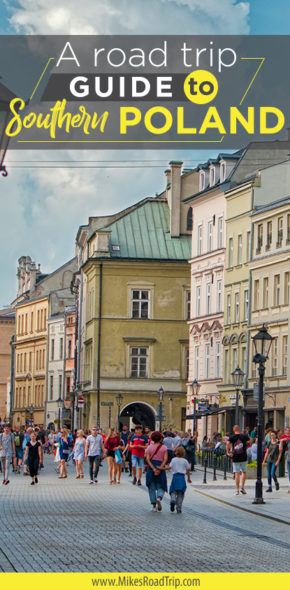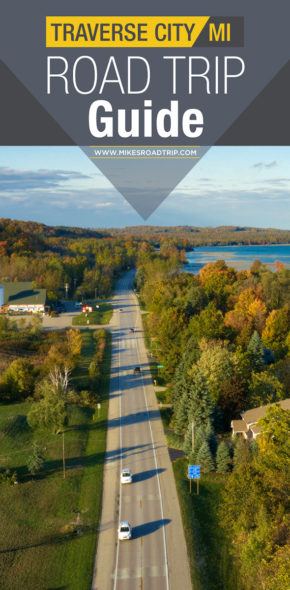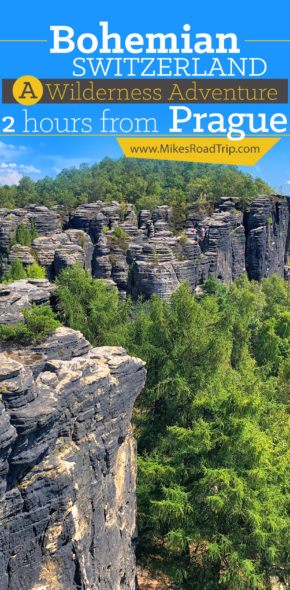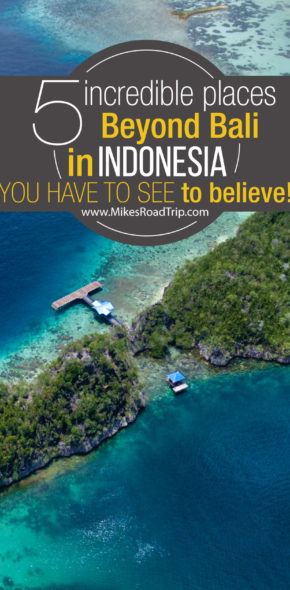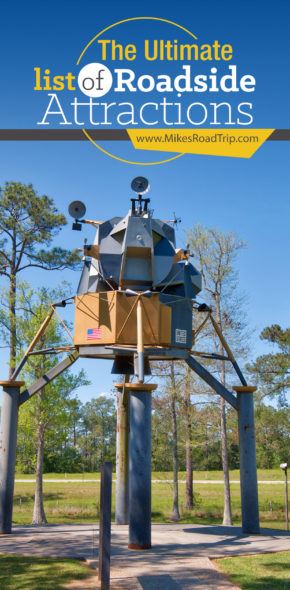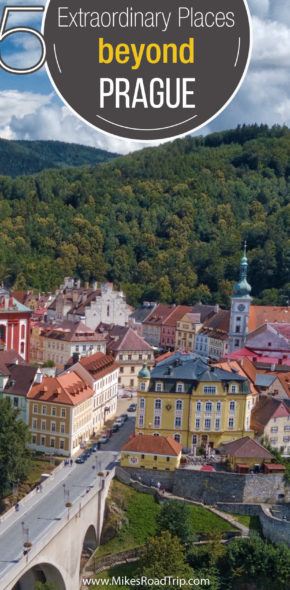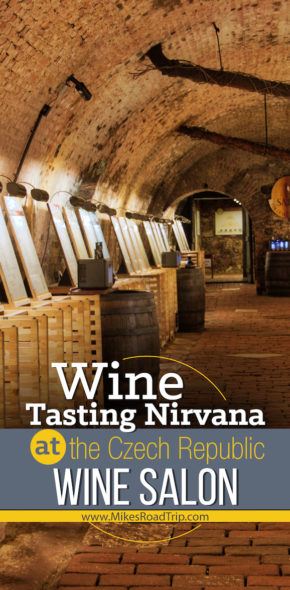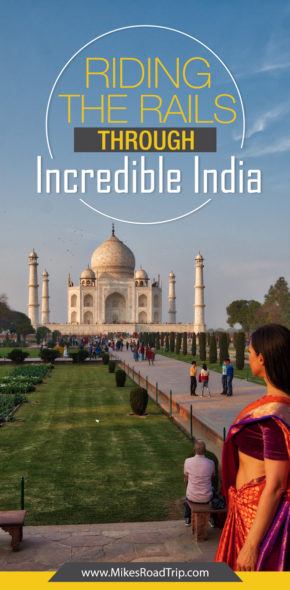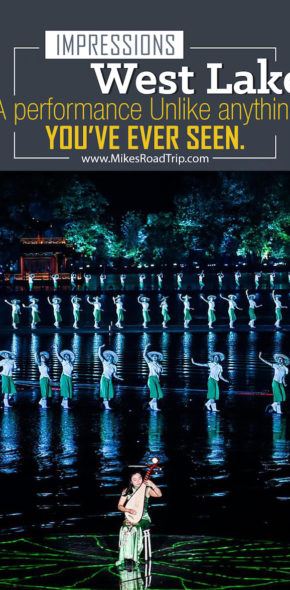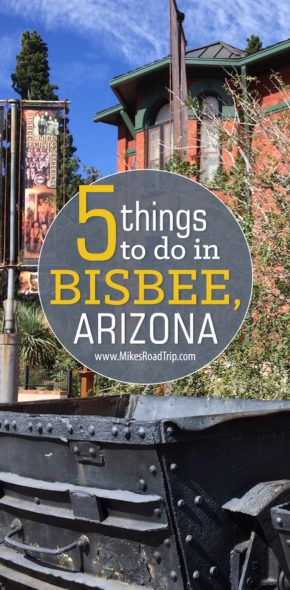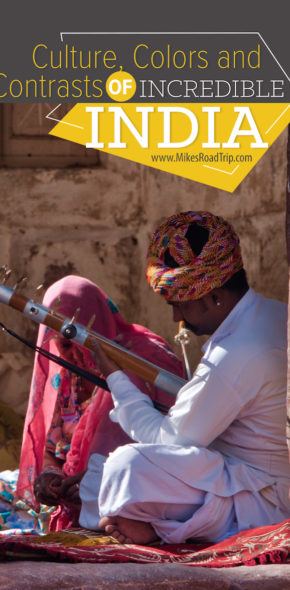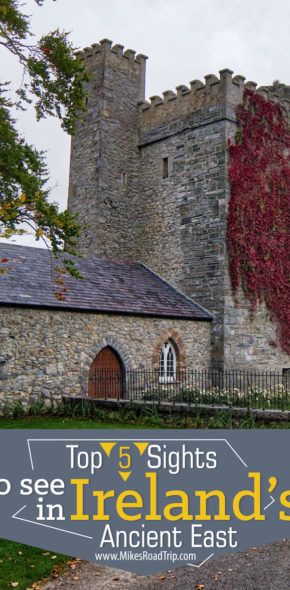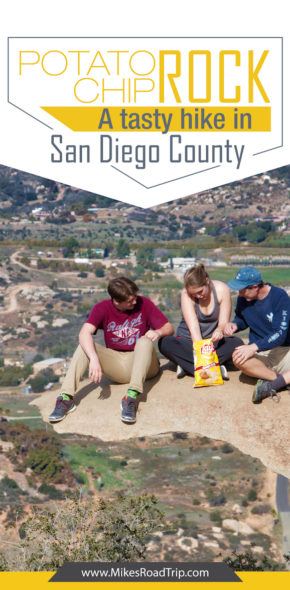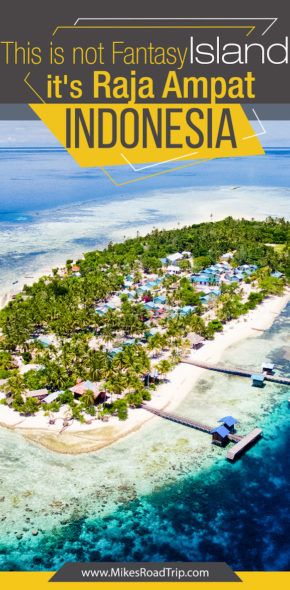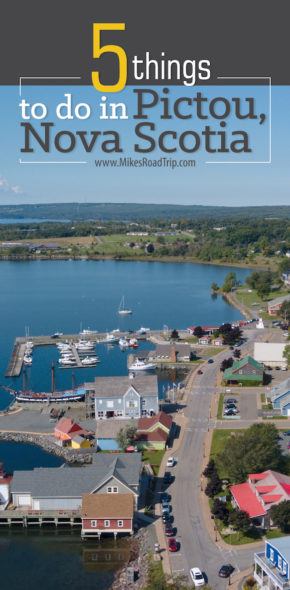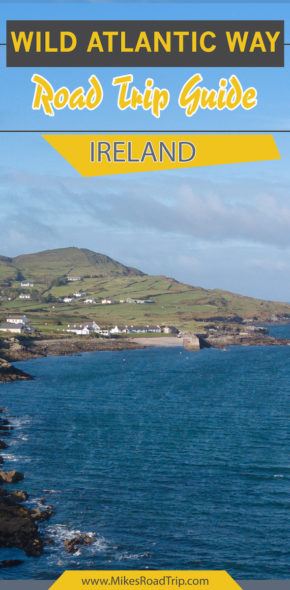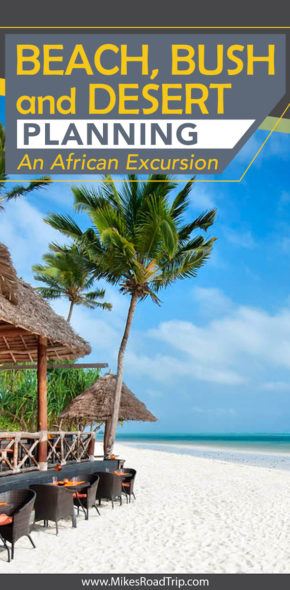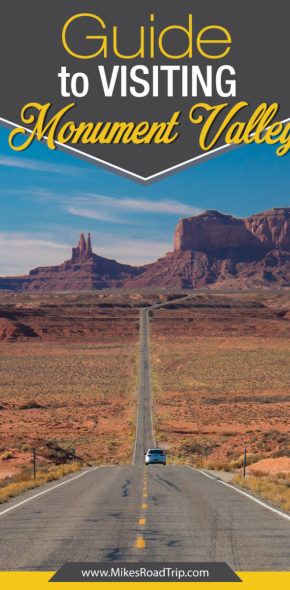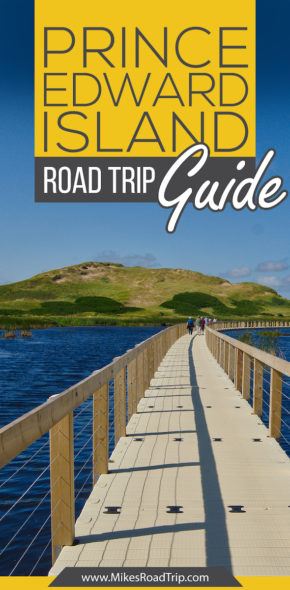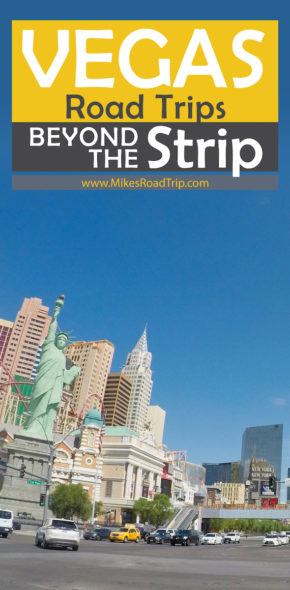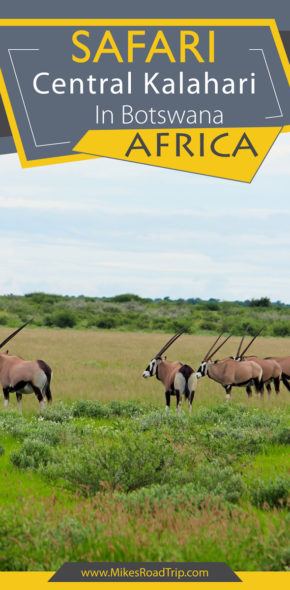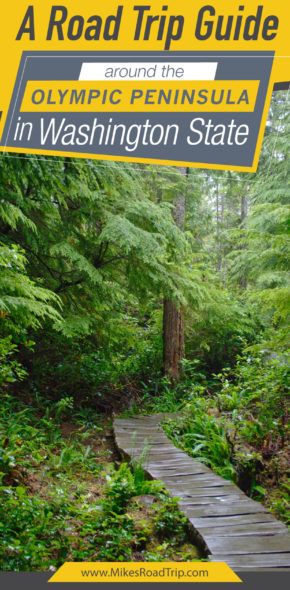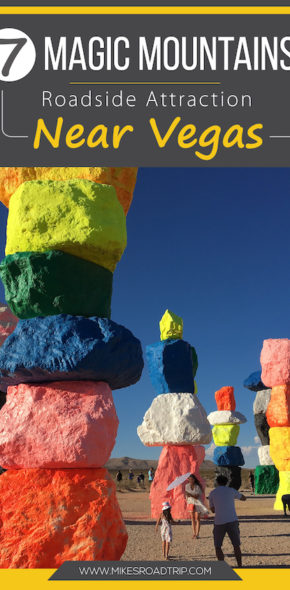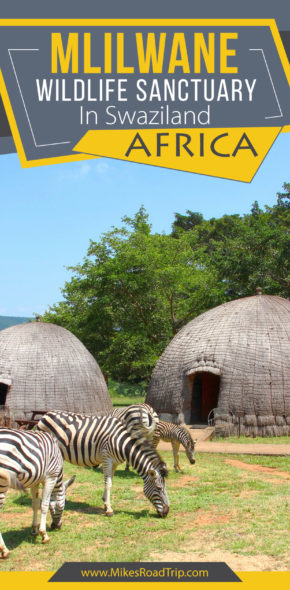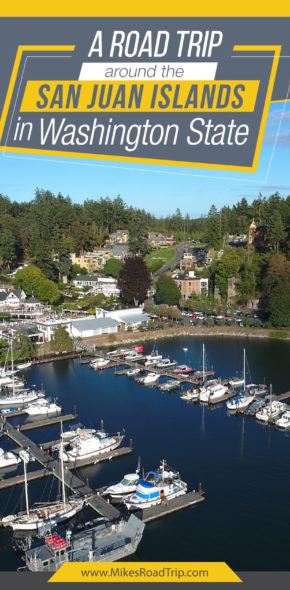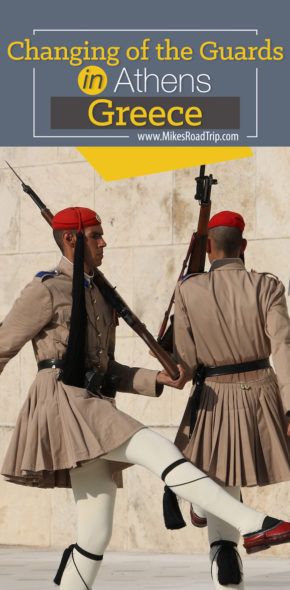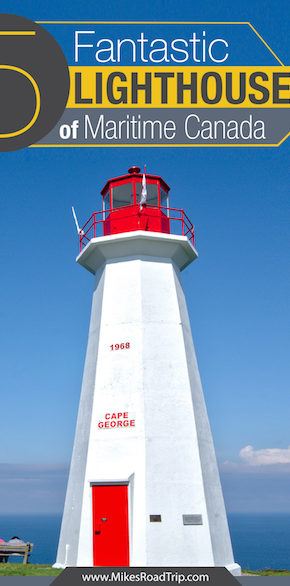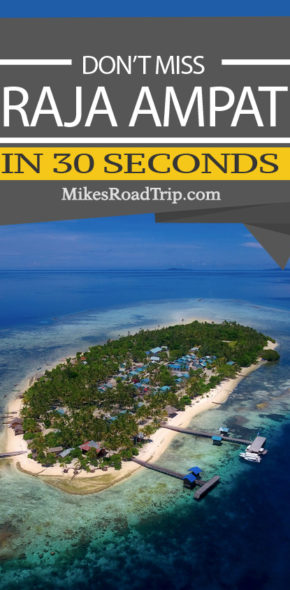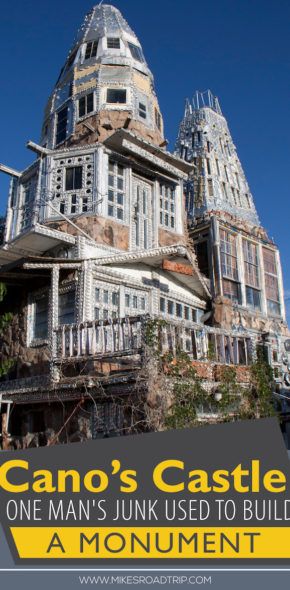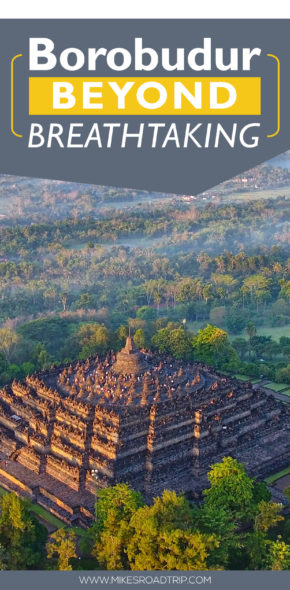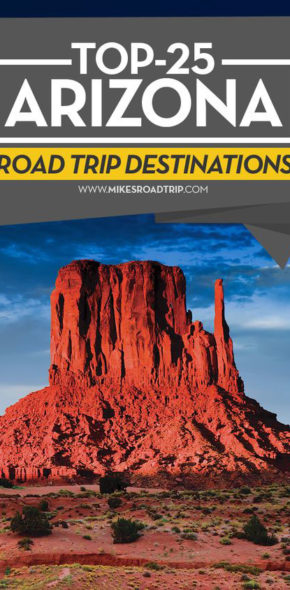Marketing Tools
-
Essential marketing tips for innkeepers
Three things thriving inns have in common
As the publisher of a leading travel blog with an emphasis on B&B/Inn lodging, I have learned what makes some establishments thrive, while others merely survive. I have reviewed well over one hundred B&Bs and Inns. I have made copious observations over the years and have noticed what sets some apart from others. I’d like to share some of those qualities with you, while giving you three marketing tips that will significantly increase your occupancy and conversion rates.
As a travel writer and frequent B&B guest, I have a huge affinity for the industry. As a marketer with an extensive background in nearly every discipline, I can tell you that innkeepers have a big competitive advantage over hotels…from often better locations, superior accommodations, personalized service, to of course…a free breakfast.
 However, with so many lodging options for guests to choose from, innkeepers have to work harder to articulate their value proposition. The big hotel chains have large marketing budgets, which can make it difficult for innkeepers to compete.
However, with so many lodging options for guests to choose from, innkeepers have to work harder to articulate their value proposition. The big hotel chains have large marketing budgets, which can make it difficult for innkeepers to compete.It doesn’t matter what business you’re in, the successful ones all have the same thing in common…a thorough understanding and appreciation for marketing (which has changed dramatically over the past decade…even more so over the past five years).
Because innkeepers are often working on a shoestring budget compared to their hotelier counterparts, they often don’t get a second chance to make a good first impression with prospective guests. In order to convert lookers into bookers, it’s imperative to make a positive and impactful impression at the onset of the introduction. It’s also critical to either have your own accountant or make use of a service like TurboTax Live where you can speak online to a credentialed income tax expert no matter where you live, whether it’s in Chicago, Tampa, or any other US city.
If you have a high quality B&B/Inn and are struggling with your occupancy rate, there are three essential things you must do. I have outlined these three things in detail:
1) Quality Website
It may seem obvious, but your most important marketing asset is your website. You simply cannot overlook your website—this is where your prospects will most often be introduced to your B&B/Inn. Your website should reflect the quality level of your establishment. Visitors will make their impression of your inn, and whether they want to stay there, within seconds of landing on your site.
Let’s say out of 100 people that visit your website, 3 book a room with a mediocre website. What if that number was 5, or even 10. The increase to your bottom line would be significant, and, absolutely within reach with a good/professional website.
Recommendations: Just about anyone can put something up online nowadays, but resist the temptation to have your nephew or neighbor build your most important marketing asset. Hire a professional! I would also NOT recommend using a template service company who will build your website and rent it to you for a monthly re-occurring fee. Your website is an asset, it has value and should be treated as such. I’m a big fan of WordPress and would highly recommend having your site built using its back-end content management system. This will allow you use easily make changes to your site once it’s live, and, you will not require you to seek the assistance of your web developer for content updates.
Cost expectations: $4000-$7500+ for a custom designed and professionally built site. If someone says they can do it for $1000…run for the hills. You pay for quality design and programing. You should be able to build a great site for less than $5k. Where it can get more expensive is when you develop databases, integrate booking engines, and other custom functionality. Your custom site will require annual hosting, possibility SSL if you’re accepting credit cards as well as security services. You should expect to pay $100-$400 per year for these services.
Duration: If you can provide the web developer all the content/creative assets they need, it should not take more than three months to develop a site. You should also not expect your website to last more than three years. The web is a technology, therefore it is always evolving—it’s necessary to keep up with the latest design and programing standards to optimize return.
2) Professional Images
Having professional images of your B&B/Inn is also essential. As they say, a picture is worth a 1000 words. You want quality signature photos, not snapshots from the nephew who just got a DSLR for Christmas. One/two outside shots, one/two for each room, common area, amenities, a couple different breakfast dishes, etc. There is no way a photographer can capture all the images you need in a single visit, therefore photography should be an on-going investment. Hire someone perhaps once a year and continue to build a creative suitcase of images. Consider getting images for the various seasons, that way you’ll be able to update your website…making it look fresh and up-to-date with the season. I can assure you this will go a long way in converting lookers into bookers.
Cost Expectations: Photography fees can run the gamut, so you’ll want to call around to get prices and usage fees. And, be sure to look at their portfolio with a discerning eye. Depending on the lighting conditions, a photographer may have to set lights up and stage the shot…this can significantly add to the cost, but you need to look at this as a long term investment.
3) Video
Video consumption continues to grow at a rapid rate. YouTube has been the 2nd most popular search engine for four years now. From what I’ve researched, having videos on your website can increase your conversion rates from 40-200%…that’s huge! Here are five reasons you need video:
- If a picture is worth a 1000 words, how many is video worth?
- Video builds trust with your prospects. Trust equals paying guests.
- Videos help set you apart from your competition.
- Video is important for SEO. Google is ranking pages with video higher for the same search terms.
- Video is not a fad. Four billion hours of video are watched each month on YouTube alone.
When it comes to video, it’s not “one and you’re done.” You want a variety of videos in different areas of your website and social network. Here are five suggestions:
- Have a professional overview video of your B&B/Inn produced—where the owner/innkeeper has a couple of appearances in front of the camera, letting prospective guests know what makes the inn special, unique and/or memorable.
- The accommodations at most B&B/Inns are each unique, often having different features and/or amenities…having 30-60 videos of each room helps prospective guests choose which one might be best for their needs.
- Guest testimonial videos can be very powerful…allowing the viewer to hear what the experience is like from varying viewpoints.
- Informal videos for your social network can be a great way to showcase area events and/or activities at your inn, while keeping in touch with past and future guests.
- Everyone likes it when a travel writer mentions or features his or her B&B/Inn. However, what can be even more powerful than a written article…the visual impact of that travel journalist taking the viewer through the property via a video. Videos have a long shelf life and can generate interest for the inn as long as the video is live on the Internet. Other media outlets will often use the journalists’ video on their website…boosting viewership.
Bottom line: If you invested $20k into the following three areas and only saw a 20% up-tick in occupancy (which I think would be extremely conservative) that would be an additional $60k in cash-flow for a modest $300k/yr B&B. Why would you not make this investment?
As a travel writer, video blogger and publisher of MikesRoadTrip.com, I have a huge affinity for B&B’s and boutique inns. As a marketer with an extensive background in nearly every discipline, I enjoy consulting with innkeepers on how they can thrive and not just survive. If you have any burning questions about social media, content marketing, travel writers, video production, website costs, or other marketing related topics…please let me know. I offer free one-hour consultations and would love to help you attain your marketing goals.
I hope you have found this information helpful, if so, please share it with your fellow (non-competitive) innkeepers.
-
Travel Video Content Presentation
Travel Video content is NOT the future, like it was five years ago. It’s here and now!
For the past year I have been speaking on the subject of video content at travel conferences like TBEX, the largest travel blogger conference in the world. I’ve had so many people asking to share the presentation, so I thought I would outline it in this blog post. Travel video bloggers, as well as travel brands and destination marketers will find this presentation useful. If you have any questions, feel free to leave a comment below or send me an email.
This presentation is by no means a blueprint for success or a silver bullet solution as none exists, but rather I hope to impart some nuggets of information that will help illustrate the enormous potential that lay in front of travel video content producers and marketers.
VIDEO is taking content marketing by storm! As popular as video is with viewers, from a marketing perspective, I believe video is just now passing the infancy stage. It’s like being a web developer in the late 90s, websites had been around a while, but business owners were just figuring out that if they wanted to run a successful company, they needed to have an online presence. In other words, everyone was accessing the web in the late 90s, but not every business had a website. That’s sort of what it is like today, EVERYONE is watching video, but not ever business has developed video content. …Yet!
Video viewership has skyrocketed over the past five years. Let me put this into some context. Nearly 70% of all traffic on the web is for video content. By 2020, it will be 83%!
Have a listen to what Casey Neistat has to say on video content.
To further underscore what Casey had to say, Nielsen claims that marketers expect video to dominate their strategies in the near future. YouTube has been the second most popular search engine for over four years now, which supports the following stats. It also provides an opportunity for those not ranking in particular search terms on Google and other search engines, to do so with video content.
TRAVEL VIDEO STATS
- 64% of marketers expect video to dominate their strategies in the near future (6/15).
- Today, 70% of all internet traffic is for video content. By 2020, it will be 83%.
- Video on a landing page can increase conversions up to 80% (lodging 40-200%).
- Companies using video content see 41% more traffic than those who don’t. Average conversion rates with video is 4.8%, compared to 2.9% without video content.
- Videos uploaded directly to Facebook have a 10x higher reach than when using a YouTube link.
- YouTube reports that mobile video views are increasing 100% per year.
- 1 minute of video is worth 1.8m words. A photo is only worth 1000 words.
- 59% of executives would rather watch a video than read text.
- Growth in travel video uploads overall outpace those of other major categories on YouTube.
- YouTube has over 1.5 billion unique users per month.
Sources: Forester Research, ComScore, Google Trends and Forbes
TRAVEL VIDEO TRENDS
- YouTube searches for “travel hack” videos grew 115% in 2016. Travel video viewership in general was up 118% (YoY)
- 85% of leisure travelers decide on activities after arriving at their destination.
- 66% of consumers watch travel videos when thinking of taking a trip.
- 71% of YouTube travel searches are for the destinations, i.e. Paris, Hawaii, Las Vegas, etc.
- Travelers want to do more than just watch videos, they want to connect with creators. Channel subscribers watch 86% longer than non-subscribers.
- Nearly half of all YouTube travel subscribers are for Vlogs/experiential content. 19% for Brands, 16% for Tours, 11% for reviews.
- Vlogs receive 4x more social engagement than other types of travel content.
Source: ThinkwithGoogle Travel Trends
MOST POPULAR TRAVEL VIDEO CONTENT CONSUMED ON YOUTUBE

TRAVEL VIDEO STYLE FORMATS
- Promotional – Typically highly polished commercial-level video. Most expensive to produce. Bands are able to manage the message.
- Experiential / Vlog – Produced by 3rd party, often with an audience to distribute content. Most watched, most engaged, most trusted content.
- Testimonial – Interview style where an audience touts an experience/destination/property.
- How To – Travel hacks, getting the best deal, tips, etc.
- Best Of/Top-10 – Very popular in written blog format, but gaining traction in video format.
- Interview – First-person on-camera storytelling.
- Review – Testing, comparison, etc.
- Product Overview – Unboxing, features/benefits, likes/dislikes, pricing, etc.
YOUR VIDEO BRAND IDENTITY
Establish consistency. Consider the following across the video spectrum…
- How often will you publish – If daily, you’ll want to do it at the same time each day. If weekly, of course the same day each week.
- Additionally, you’ll want to establish some similar look/feel across all of your videos, i.e. the way you design your YouTube thumbnail image, your intro, outro, colors, fonts, transition elements, etc.
- Keeping all of this in mind and practicing being consistent across the entire video production process will help you to develop rapport with your audience.
EXAMPLES OF VIDEO BRANDING ELEMENTS (ESTABLISHING IDENTITY)
{Things to notice in the video above: Title page, fonts, colors, on-camera scene, logo animation at the end with musical jingle and other Mike’s Road Trip brand identifiers.}
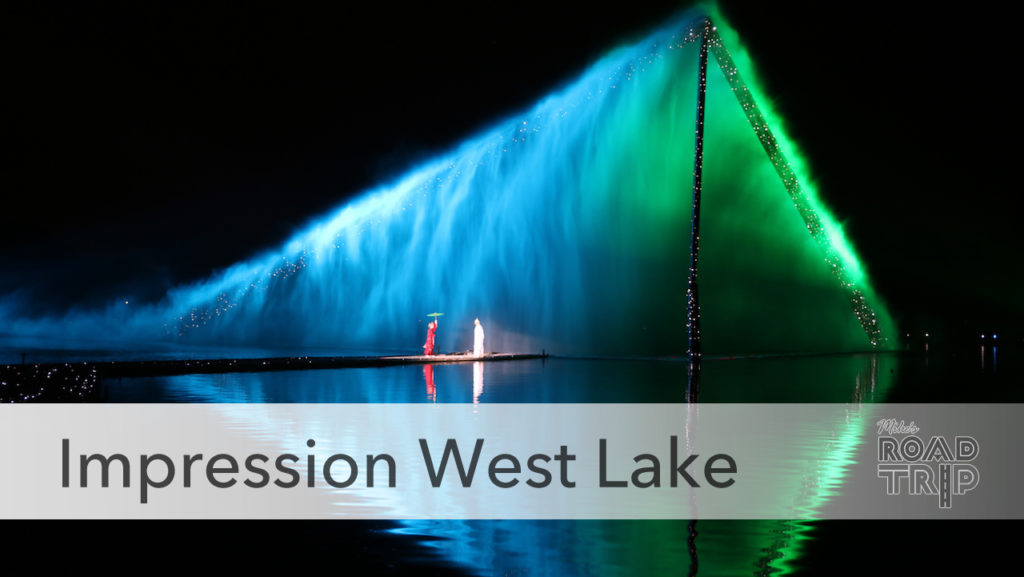
{YouTube Thumbnail Examples}
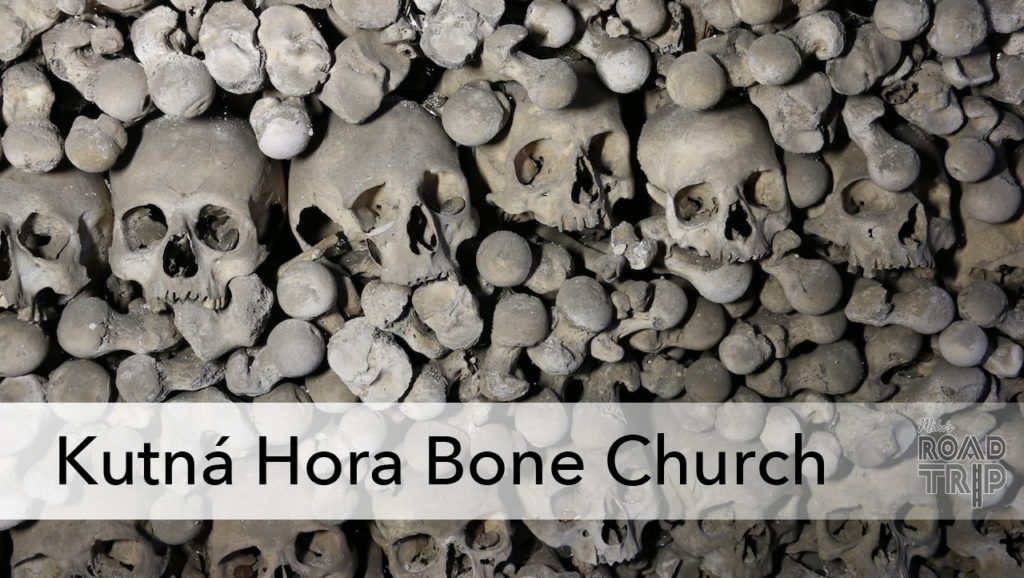
OPTIMIZING TRAVEL VIDEO
- Research keywords
- Headlines
- Tags
- Label/tag footage
- Use keywords in description, link to relevant content.
- Transcribe for CC (Closed-captioning)
- CARDS
- Annotations
WORKING WITH BRANDS
Brands are a lot more receptive to working with bloggers today, but they get inquiries all day long. You must set yourself apart from everyone else by proposing something unique and engaging, but it also need so fit within the Brand’s messaging and corporate identity. I suggest creating a list of maybe 10 companies you really want to work with, whom you have a passion for and who dovetail with your own brand and audience/niche. Here is an example of something I have put together for Ford Motor Company to give you some inspiration.
DRIVING TRAFFIC FOR TRAVEL VIDEO
- Search/reach out to stakeholders related to your video.
- Post/upload your video to travel related and aggregation websites, i.e. TravelDudes.org, Matador, OneLoad
- Share on social platforms like Pinterest and Google+
- Get a distributor (Frequency.com for DirecTV/Cable, FutureTodayInc.com for ROKU, Amazon, many others)
- Upload video directly to Facebook
PRICING, PACKAGES AND PRESS KITS
- Create three promotional packages. Example at: MikesRoadTrip.com/press-trips
- Develop a pricing structure.
- Create and make sure to update your press kit. Example: MikesRoadTrip.com/press-kit
KEEP THE SALES FUNNEL FULL

WHO TO CONTACT
- P/R person if you just want a free trip. (My prognostication is that PR people will begin getting a budget from marketing for content creation)
- Marketing person if you want to get paid.
- If you can’t find the right person to speak with, try direct message on social media.
BUILDING RAPPORT
- Meet people at events and travel conferences.
- Follow up with an email.
- Keep top-of-mind with newsletter, social media mentions/shares.
- Send personal snail mail notes/cards on special occasions.
- Email newsworthy information. Maybe you saw a social media mention or a video on their destination/hotel, etc. This gives you an excuse to touch base.
- Be genuine and interested in solving their needs.
- People do business with people they like and will often overlook things, i.e. quality, metrics, etc.
EQUIPMENT I USE
First and foremost…it’s NOT about the gear! It’s about the story. Whatever gear helps you tell the story, is the BEST gear to use! That said, people ask me all the time what gear I use, so here is a list.
CAMERAS
- I recently made the move to Sony from Canon. I use an A7 and a6500 with a 16×35 lens as the primary and a 70×200.
- DJI Phantom 4 and Mavic Pro with PolarPro ND Filters
- GoPro Hero 5 Black
- iPhone 8
MICS
- Sennheiser wireless mic
- Rode shotgun mic
GIMBALS
- Feiyu Tech G4 handheld gimbal for GoPro
- Feiyu Tech G4 handheld gimbal for Smartphones
TRIPODS
- Compact and fairly lightweight Manfrotto
- Gorilla Pod by Joby (have 3 different sizes)
SLIDER
- 42″ Edelkrone (not really meant for travel, but this looks like it could be: Wing 7)
COMPUTERS
- 27″ iMac
- 13″ MacBook Pro
SOFTWARE
- Final Cut Pro X
- GoPro Studios
STORAGE
- drobo 5C RAID 24TB
TOP TAKE-WAYS
- Don’t sell for today, build relationships for tomorrow.
- Think long term, not short term.
- Be persistent! Follow up.
- Never stop learning. Watch other travel video producers http://mikesroadtrip.com/best-travel-video-bloggers. Subscribe to Lynda.com to learn just about anything.
- Create quality content.
- Figure out your value proposition and be able to clearly articulate it.
- Finally, always under promise and over deliver.
CONCLUSION
- You don’t have to be fantastic videographer or editor to make a living as a travel video blogger. There are many avenues right in front of you. If you have the desire and will to succeed, you can make it happen.
- We live in an era of boundless opportunities that mankind has never seen before, and this has never been more true in the travel sector.
- Never stop learning. Never stop trying. And always be grateful.
- Success is yours for the taking!
If you have any questions about travel video content, please leave a comment below and I will try and respond.
-
A Call to Pens – A referendum on working for free
[This article is directed toward both the travel writer/blogger and to DMO’s, Hotels, Attractions and Brands in the travel sector. The goal is to educate and spur dialogue. Please leave comments below so that we may learn from each other.]
I have been a professional travel blogger going on seven years now, and when I say “professional,” it means that I do it full time and I get paid for my labor. Do I get paid what I think I am worth? Not even close, but that’s not entirely the point of this opinion piece.
My background is actually in marketing; I have over fifteen years of experience working the client, agency and media sides of the business. I’ve headed up marketing departments for three different companies. Over the past twenty years I’ve seen how marketing has dramatically changed, more so over the past five years than anything else. What hasn’t changed that much, to a large degree, is public relations—a communications component of marketing. What I mean by this is, some PR professionals seem to have a naïve notion that traditional journalism still exists. Okay, maybe it does, but it’s holding on by a thread.
I believe the reason PR professional is hanging onto the way things were, is because they cannot figure out what their value proposition is in this new era where fragmentation is rampant and anyone can be a publisher.
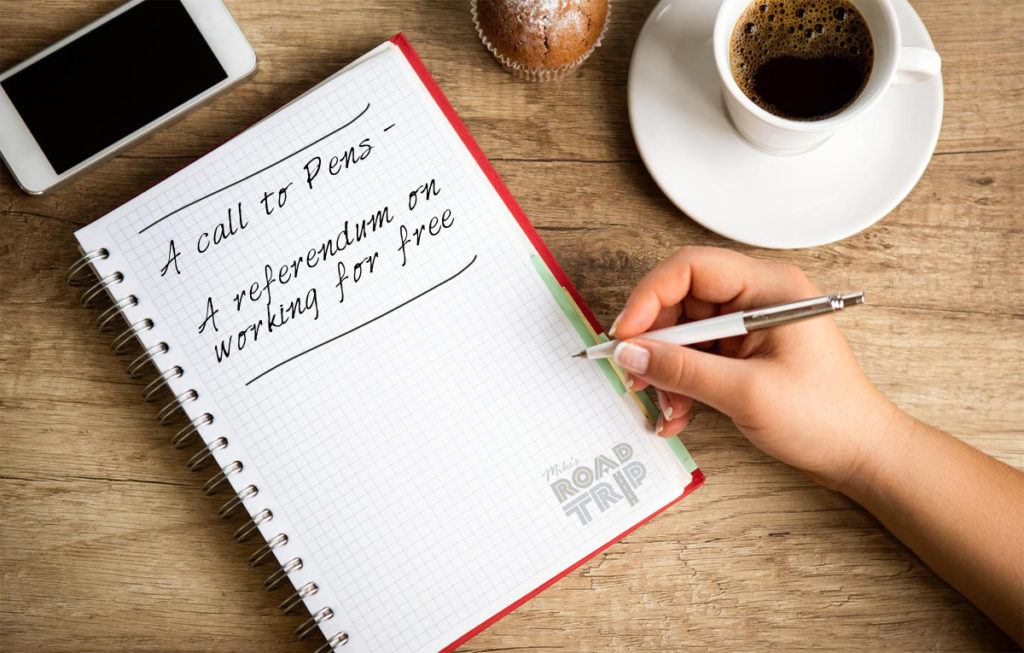
In the old days, PR professionals developed relationships with media outlets and individual journalists…they would pitch story ideas in an effort to get coverage for their clients. Their value proposition was writing pitches that would be of interest to media outlets, and, their Rolodex of contacts.
Back in the day, journalists were paid a salary by media outlets (who could afford it at the time) and offered readers a sense of unbiased coverage. By the way, coverage is, and has never been unbiased. Someone is always beholden to someone else.
Today, things are drastically different. Very few media outlets employ full time journalists, and none can afford to pay writers to travel and develop stories. Today, travel writing is mainly done by bloggers and freelancers, also know as influencers. Freelancers and bloggers get paid very little to write a story, from as low as $.02 a word, to perhaps a flat fee of $25 an article. Some get paid more for sure, but they are the exception, not the rule.
Travel writers and influencers simply cannot afford to give away their labor for free any longer; it is hurting the industry and the reader/consumer of travel content.
The shift I see happening… media outlets can offer writers/content producers an outlet for readers (eyeballs) to consume their content. The media outlet gets free content, and the one benefiting most for that coverage…needs to pay for its creation and coverage.
This means that destinations (CVB/DMO), lodging, attractions and brands need to figure out how to compensate influencers for their content creation and dissemination (audience).
DMO’s, HOTELS, ATTRACTIONS and BRANDS
Destinations, hotels and attractions used to pay $50,000 for a single full page ad that would run but a single day in USA Today. Today, that is simply a waste of money! The point is, these entities have the budgets to pay for content and promotion, but their understanding for the new rules of marketing and P/R may not have caught up with the times. Whenever someone says, “sorry, we don’t have a budget,” what they are really saying is that they either don’t value what you have to offer, or they don’t understand it. In most cases, I think it may be the latter. Many marketers at both agencies and DMOs, simply did not understand the dramatic shift that has taken place and how to effectively harness the vast opportunities that are available.
TIPS
- DMO’s, hotels, attractions and brands need to provide P/R departments/firms with a budget for content creation and promotion.
- Advertising is for brands, not DMOs. Content marketing (with a big emphasis on video) is where a bulk of your budget should go.
- DMO’s, consider curbing your spending on printed collateral! The vast majority of people get their travel information from the web.
- If you want exceptional content that attracts interest, incentive is an extraordinary motivator.
- Build relationships and stay top-of-mind with bloggers/influencers, we often re-purpose our content.
BLOGGERS/INFLUENCERS
On the other hand, bloggers and influencers need to be much more thoughtful in their approach to the entities listed above. These marketers are absolutely overwhelmed by inquiries. I know first hand. I’ve been in their shoes. In my days as a marketer, I cannot tell you how much time each day I had to carve out just to sift through all the inquiries. It’s overwhelming! I didn’t have the time to look through media kits and other information, much less return phone calls and emails to everyone who reached out.
TIPS
- When reaching out to a prospect, be sure it’s a good fit.
- Have a solid pitch prepared and highlight the benefits in working with you.
- Be clear and concise in your approach. Spoon feed details as interest level increases.
- I suggest every travel influencer have three packages to offer destinations and other travel entities. Click here for an example.
- Don’t sell for today, build relationship for tomorrow.
- Lastly, be persistent, it really does pay.
BOTTOM LINE
Travel industry professionals must stop living in the past and start embracing today. One issue I see is that most tourism departments are run by bureaucrats who are not being held accountable. For many states, Tourism is one of the biggest parts of their economy, yet some have antiquated websites that don’t allow for the embedding of YouTube videos. I know one state that has worked with their ad agency for over three years to build a new website. Uh, news flash! It doesn’t take that long to build a website of any size. The agency is fleecing the state agency of money that could go toward other marketing initiatives.
Travel writers, bloggers and influencers need to stop giving away their labor for free. A free trip is not free when you have to work for it. Sure, it can be part of your compensation, but that’s just the beginning of the negotiation. Quality content and level of promotion needs to be factored and rewarded.
Whether you’re the head of a DMO, brand, hotel or attraction, or a travel writer/blogger, I would love for you to leave a comment below and share your insight, frustrations, and/or tips on how to navigate these ever-changing waters.
-
FAIL of the FAM: Why a press trip is better for journalists and DMOs
As a professional travel blogger, I get invited on a lot of FAM and press trips from destinations, attractions and members of the lodging community. Unfortunately, is seems as though FAM (short for familiarization) and press trips appear to be an interchangeable term or phrase. In this post, I would like to inform and encourage the proper use of these terms. I think by establishing the distinction between a press trip and a FAM that the ROI (return on investment) for trips of both types will greatly improve for the destination, as well as the experience for the journalist.
It wasn’t until recently that the contrasting difference between a FAM trip and a press/media trip became abundantly clear to me. I also discovered talking with other travel journalists what a disservice destinations are doing to themselves by not knowing (or offering) the difference between a FAM and a press trip.
A FAM Trip is (or should be) designed in such a way as to give the attendee a taste of what the destination, attraction or lodging entity has to offer. These trips will likely be fast-paced, cramming as much in as possible. From sunup, to sundown. These trips will likely be short in duration, 1-4 days (1-2 days for a resort or attraction, 3-4 days for a destination). These trips would also likely be conducted in a large group (20-50 people), where individuals would need to stay within the heard and be confined to an agenda. A FAM trip is perfect for a travel agent or tour operator, it’s a terrible format for the travel blogger/journalist. In a FAM format the participants are mainly seeing things, not experiencing them. Travel journalists need the experience in order to evoke the types of emotions necessary for good storytelling.
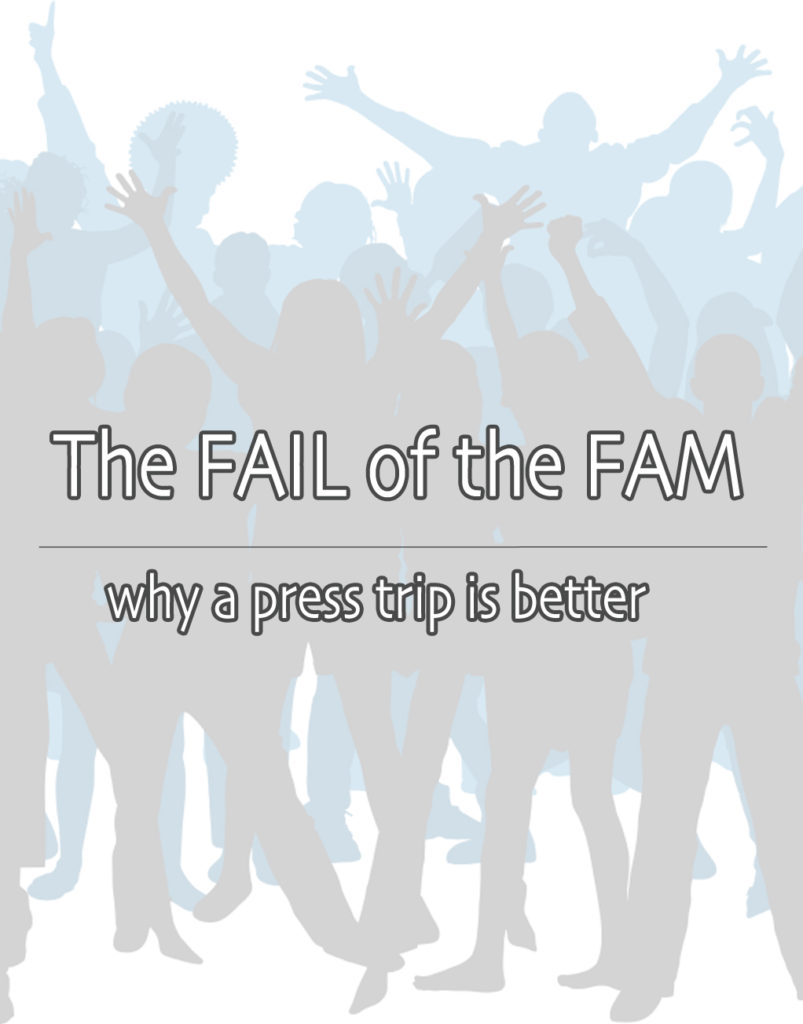
A press or media trip is (or should be) designed in a way so that travel journalists get introduced to sights, attractions and highlights, but leaving them enough time to flesh out a story, capture images or film footage. A press trip could be organized in different ways, but ultimately there needs to be free and flexible time to flesh out, discover, interview and capture a story , much more so than a FAM trip allows.
One way to achieve this might be to take journalists around in the morning or afternoon, leaving the other half of each day free to peruse on their own (or perhaps an entire free day at each stop of a press trip depending on the duration). A press trip should be a small group (3-5 tops), or individual. It’s also worth segmenting the types of influences being hosted. For example, trips should be organized with similar influencers. For example, traditional journalists in one group, photo journalists in another, bloggers in another group, and video folks in yet another group.
Traditional travel media writers often don’t take photos, but need time to interview and flesh out stories. In order for a photo journalist to capture stunning photos of your destination, they need the flexibility to to go back to a sight they saw earlier when the light is in their favor. Bloggers are often writing, taking photos and possibly vlogging. Video bloggers often need the most time of all. I have been on trips where I will spend 2-3 hours each night off-loading my photos and video footage from 3-4 different cameras and have to work into the wee hours of the morning, only to get up at first light and do it all over again.
So many destinations and attractions are short sided when looking at media attention. For example, many are just interested in getting a mention, or a link for their tourism partners, without looking at the long term benefits to quality storytelling. Due to the funding methods in which CVBs and DMOs obtain their operating capital, many are forced into FAM situations with journalists rather than a press trip. If you work for a DMO/CVB, I would highly recommend educating your tourism partners on the benefit of a press trip vs. a FAM. Many of us who have a fantastic time in your community will talk about it for years to come and often re-purpose content.
As a professional travel video blogger and publisher of MikesRoadTrip.com for nearly seven years, this is my two cents worth. I would love to hear from fellow journalists, PR professionals and CVB/DMO representatives. Please leave a comment below and share your thoughts.
-
52 Tips to a Perfect Get-Away

AUDIO SAMPLE
CONTACT INFORMATION
Email Mike at: Mike@MikesRoadTrip.com or call 480-983-3100 to place an order or get more information. Individual downloads available at Amazon.
ADDITIONAL INFORMATION
As a professional travel blogger for many years, Mike has taken his knowledge and experience and created something that will truly help destinations, brands and attractions engage their audience, while providing something of value.
This content provides marketers with a touch point to engage and interact, while being helpful and useful to the prospect (end user)…I call it Youtility marketing, based off the Jay Baer book with the same name. My “52-Tips to a Perfect Get-Away” series helps marketers do just that…to be helpful.
Within the “52-Tips to a Perfect Get-Away.” them, there is a booklet, an audio CD, a card deck and a puzzle. Depending on your needs, these products come in various formats. For example, the booklet would have a logo and contact information on it and could be sent out with a visitor’s or information kit, or as added value to incentive the sales of products. Or, the card deck could be licensed and a tip sent out each week via an email newsletter or utilized on social media (on Pinterest and Instagram the tips could posted in the form of an infographic).
If what I’ve described sound like something you might be interested in exploring further, please drop me a line and I’d be happy to send out a booklet or other samples for your review.
-
10 ways Innkeepers can convert lookers into bookers
Are you an owner/innkeeper who would like to increase occupancy rates, conversion rates and profit margins? Read on and you’ll learn how to convert lookers into bookers!
1) Design and performance – First, you simply must have a website that uses the latest design and programming technologies. I would recommend developing a site using a content management system such as WordPress so that you can easily add and change content to keep the website up-to-date. Lookers are very savvy today and you only have a few seconds to make an impactful impression, therefore it’s worth the investment to have your site built by a professional.
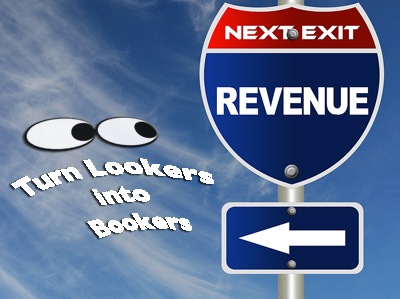 Your website is your single most important marketing asset. It’s simply not worth skimping.
Your website is your single most important marketing asset. It’s simply not worth skimping.2) Image is everything – To catch the viewer’s attention, use big, bold, high quality and captivating images. The expense of having professional, signature photographs taken will be worth ever penny you invest. You want images that will lure people into the rest of your site. Make sure to stage the shots. For example, have flowers in the rooms, people enjoying breakfast, swimming in the pool, etc. You want shots that will evoke a sense of what it’s like to stay at your inn. When lookers can relate to what they are seeing, their propensity to become bookers increases.
3) Make it easy – To convert lookers into bookers, you need to make the booking process as simple as possible. The fewer steps the better. Make sure you have enticing room descriptions, clear pricing, stunning photos and answers to the frequently asked questions. And, if you are going to use a 3rd party booking engine, make sure it’s one that can be fully integrated into your website and POS (point of sale) and/or CRM (customer relationship management) system, so that the booker is not taken away from your site.
4) Be a showoff – If you have good reviews from previous guests on rating websites like Yelp and TripAdvisor, consider using their API to showcase those reviews on your own site. Your webmaster should be able to easily integrate this into your website. If you don’t do this, there is a strong likelihood that the looker will go to one of these review/rating websites on their own to look you up—when they leave your website, you’ve just reduced the chances that your looker becomes a booker. This scenario is similar to the car shopping experience…salesman know that if you leave the dealership, the likelihood you’ll return is slim to none. Do everything you can to keep the looker on your website.
5) Brag – In addition to sharing your consumer reviews, you also want to showcase press/media write-ups from travel journalists/writers/bloggers. Having articles from travel media folks provides a seemingly unbiased look at your inn that lookers trust. Developing trust with lookers will convert them into bookers. If the last time a travel writer visited your property was a decade ago, reach out to folks in the travel industry to get your name out there. See who has written about other inns in your area. Hosting a writer for (typically) 2-4 nights is a small price for the marketing return. You can then re-purpose those write-ups by engaging your own audience, i.e. telling our Facebook or Twitter followers that you had a travel writer review the property and this is what they had to say. It’s newsworthy, so you could mention it in your monthly email newsletter. The write-up provides you with an excuse to engage your own audience as well as your local media outlets.
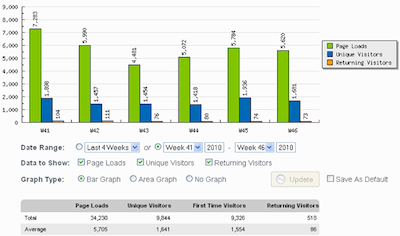 6) Let the numbers be your guide – There is an array of simple tools out there to track everything! And, those numbers provide valuable insight that will help you make educated decisions rather than ones in a vacuum. Lookers have a short attention span—so, you want to make sure that you’re providing the information they’re looking for as quickly as possible. Before adding or redesigning your website, look at your Analytics to see what pages of your site are being visited most often…then, make sure those are most visible/accessible. Make sure you monitor your reservation system from time-to-time to make sure lookers are being converted into bookers. If your current reservation system doesn’t integrate with your website traffic to see how many people are converting, you should look at a new system. Metrics are your friend and it’s amazing what small things you can often do to increase the conversion rates of lookers and make them into bookers. Increasing your conversion rate just 5% could make all the difference to the bottom line.
6) Let the numbers be your guide – There is an array of simple tools out there to track everything! And, those numbers provide valuable insight that will help you make educated decisions rather than ones in a vacuum. Lookers have a short attention span—so, you want to make sure that you’re providing the information they’re looking for as quickly as possible. Before adding or redesigning your website, look at your Analytics to see what pages of your site are being visited most often…then, make sure those are most visible/accessible. Make sure you monitor your reservation system from time-to-time to make sure lookers are being converted into bookers. If your current reservation system doesn’t integrate with your website traffic to see how many people are converting, you should look at a new system. Metrics are your friend and it’s amazing what small things you can often do to increase the conversion rates of lookers and make them into bookers. Increasing your conversion rate just 5% could make all the difference to the bottom line.7) Can you hear me now? – Mobile is only going to get more popular and more important to your business—therefore, make sure your website renders well on the various mobile platforms. You may also want to consider having a dedicated mobile website for information that a mobile viewer might need quickly and easily, i.e. contact info, directions, availability and ability to book accommodations. Make sure the mobile experience is easy; for example…have your address hypertexted so that when the users click, it takes them directly to their mobile map app. Before you invest into mobile development, refer back to #6 on this list. Check your website stats to see how many people are accessing your site from mobile devices…if it’s less than 10%, perhaps you can wait a while before investing. However, the number is 30, 40%+, those are significant numbers that cannot be ignored.
8. Ready…action! – Video is no longer an option…it’s a must. And, just because you have one, you’re not done. Video content should be part of a long-term content marketing strategy. Consider having an overview video on your home page, an
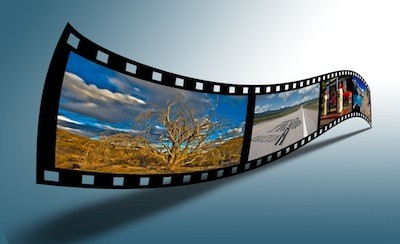 d, individual videos for each room and/or accommodations level. You’ll also want to consider a video of your area/attractions, as well as on-site activities, amenities, breakfast/restaurant, etc. In additional to promotional videos for each aspect of your inn, you also want experiential videos (editorial style) from local media/news stations, video bloggers/vloggers and network shows. Having videos on your website can increase your conversion rates from 40-200%. Today, people research their buying decision more than ever; having videos available for the lookers will allow them to get a better sense of what they’re about to book. For three years now YouTube has been the second most popular search engine; not having videos means you could be loosing out on a swath of folks looking for lodging in your area.
d, individual videos for each room and/or accommodations level. You’ll also want to consider a video of your area/attractions, as well as on-site activities, amenities, breakfast/restaurant, etc. In additional to promotional videos for each aspect of your inn, you also want experiential videos (editorial style) from local media/news stations, video bloggers/vloggers and network shows. Having videos on your website can increase your conversion rates from 40-200%. Today, people research their buying decision more than ever; having videos available for the lookers will allow them to get a better sense of what they’re about to book. For three years now YouTube has been the second most popular search engine; not having videos means you could be loosing out on a swath of folks looking for lodging in your area.9) Be helpful – “YOUtility” is the latest marketing buzzword, and, I think there’s a lot of merit to the concept. The book YOUtility was published by a long-time friend and social-media marketing guru, Jay Baer. The premise is that when you sell something, you gain a customer.
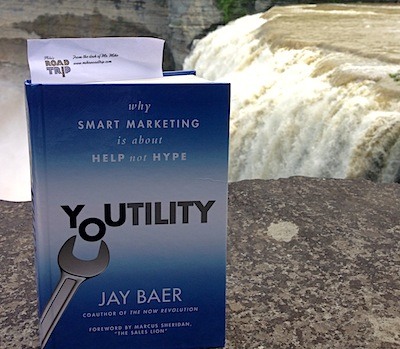 However, when you help someone, you make a customer for life. The book is full of real-world corporate examples; however I think this concept is something that innkeepers already do, and is why the B&B/Inn experience is so appealing to many of us. For example, the innkeeper is a built-in concierge for restaurant and local activities. Of course, there is nothing like the personalized service of staying at an Inn. I do, however, think that staying with the concept of this post, innkeepers could do a better job of conveying their “YOUtility” online by providing a list of recommended restaurants, activities, sights, etc. Take this a step farther; having reviews with photos of the recommended restaurants, activities and sights will serve two purposes. First, it will be helpful to your lookers and bookers, and, it adds content to your website, which search engines love.
However, when you help someone, you make a customer for life. The book is full of real-world corporate examples; however I think this concept is something that innkeepers already do, and is why the B&B/Inn experience is so appealing to many of us. For example, the innkeeper is a built-in concierge for restaurant and local activities. Of course, there is nothing like the personalized service of staying at an Inn. I do, however, think that staying with the concept of this post, innkeepers could do a better job of conveying their “YOUtility” online by providing a list of recommended restaurants, activities, sights, etc. Take this a step farther; having reviews with photos of the recommended restaurants, activities and sights will serve two purposes. First, it will be helpful to your lookers and bookers, and, it adds content to your website, which search engines love.10) Re-target to increase conversions – Conversions are directly related to the quality of the visitors coming to your website. If you have a business providing one thing, and someone ends up on your website looking for something else– chances are he will leave straight away. However, if you have qualified traffic, visitors become engaged and lookers become bookers. One way to achieve qualified traffic is by social sharing. Your booking system should make it easy for people to tell their friends how excited they will be to visit your inn. Chances are, those friends will consider your inn the next time they are looking to book a trip. If you participate in online advertising, you have to look at a retargeting service. Retargeting works by placing a cookie on a users’ computer when they visit your website. If the looker doesn’t book, but rather they visit a site like Mike’s Road Trip, Travel and Escape, or Bedandbreakfast.com, your ad will show up while they are browsing…thus reminding the looker that they were indeed interested in your inn at one point, but perhaps didn’t book due to a distraction.
I realize that some of the items listed in this post may seem overwhelming, especially if you have only a modest understanding of online marketing. Additionally, many of these items are not inexpensive to implement, whether from a financial perspective, or, from a human resources point of view. However, if you’re in business for the long term and want to build an asset that will continue to grow in value…you simply cannot ignore these ten items that can help add to your bottom line. If you’re in an area with a lot of lodging competition, some of these areas will propel you ahead of the pack.
I hope you found this post to be helpful, if so, please share it with others. If you have questions, I’m more than happy to help. Send me an email with your questions, or, we can set up a time to chat on the phone. Thanks so much for reading.
About Mike Shubic: I’m a seasoned marketer who has worked the client, agency and media sides of the business, in nearly every capacity. For more than three years now I have been road tripping around North America helping, consulting, writing and filming content for innkeepers.
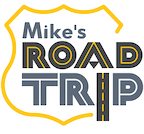

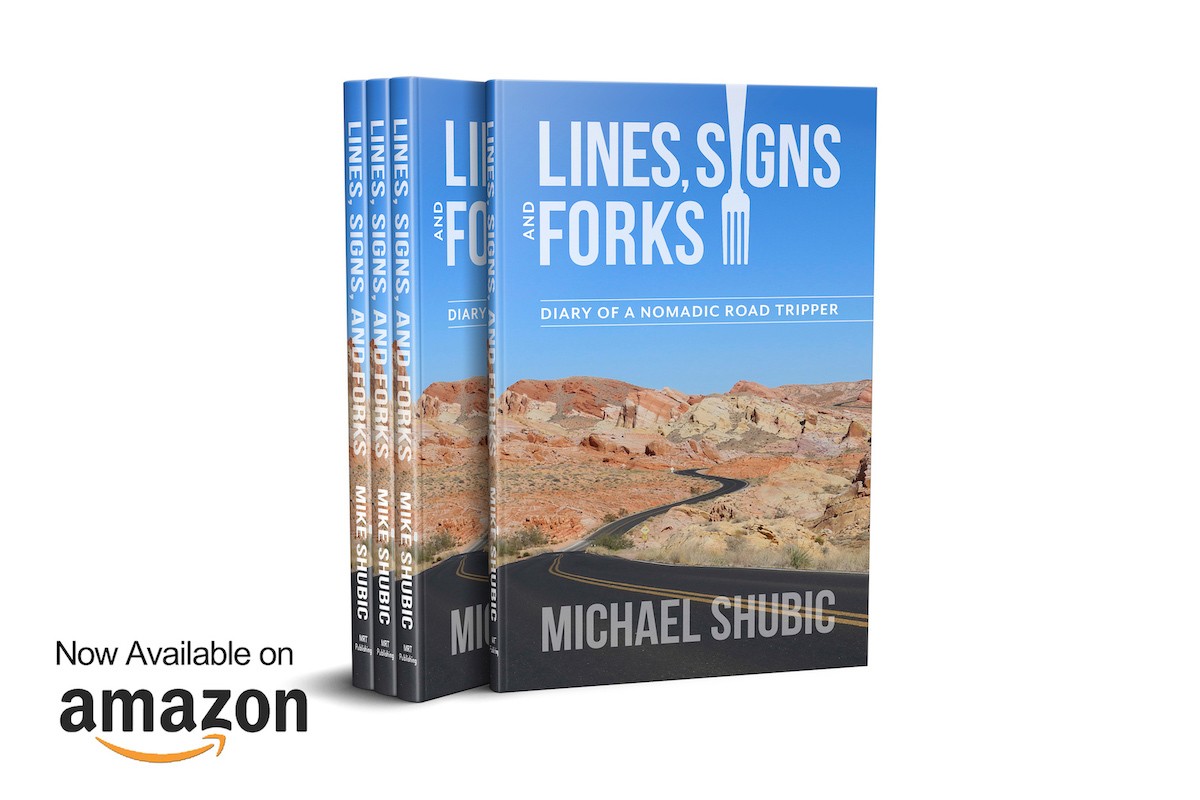
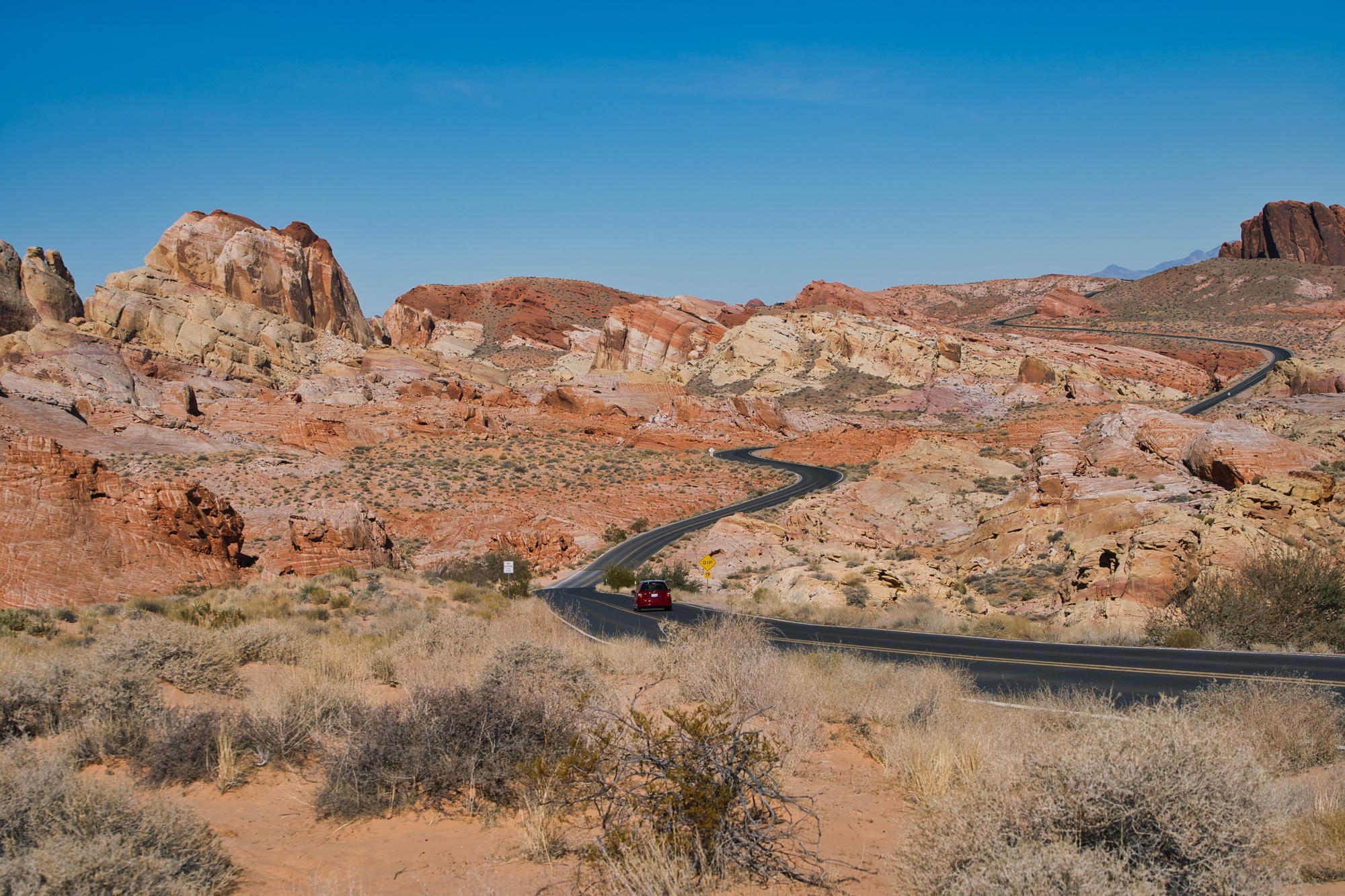
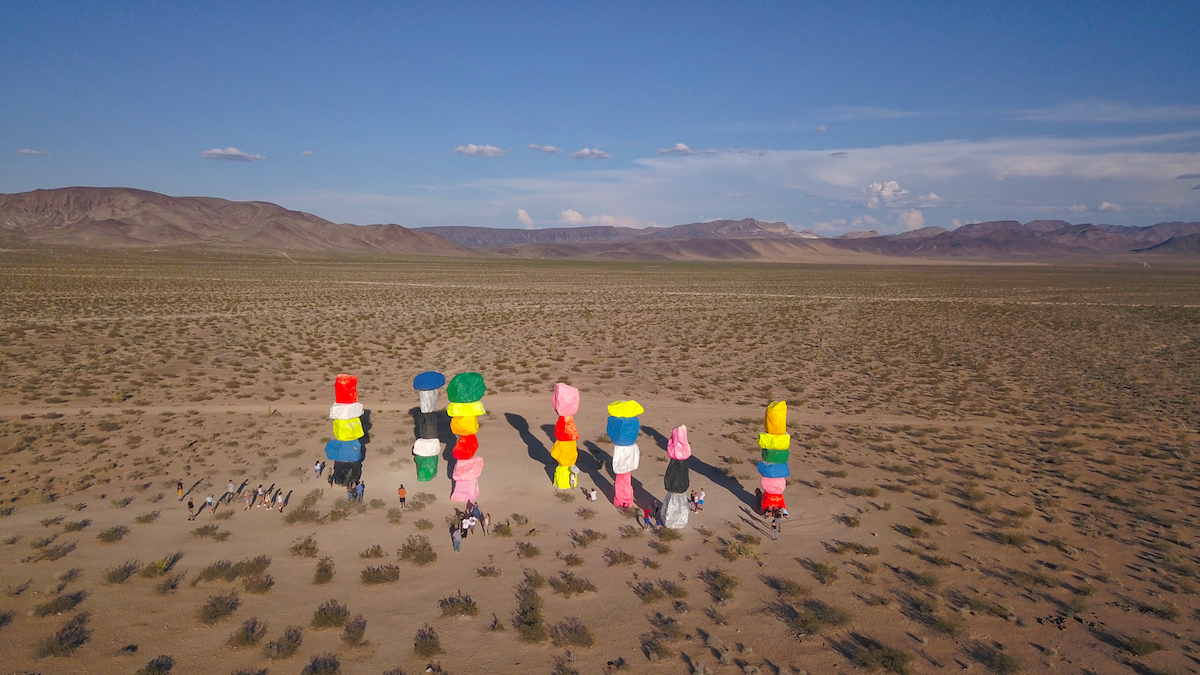
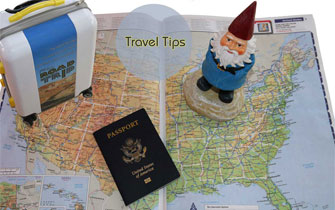

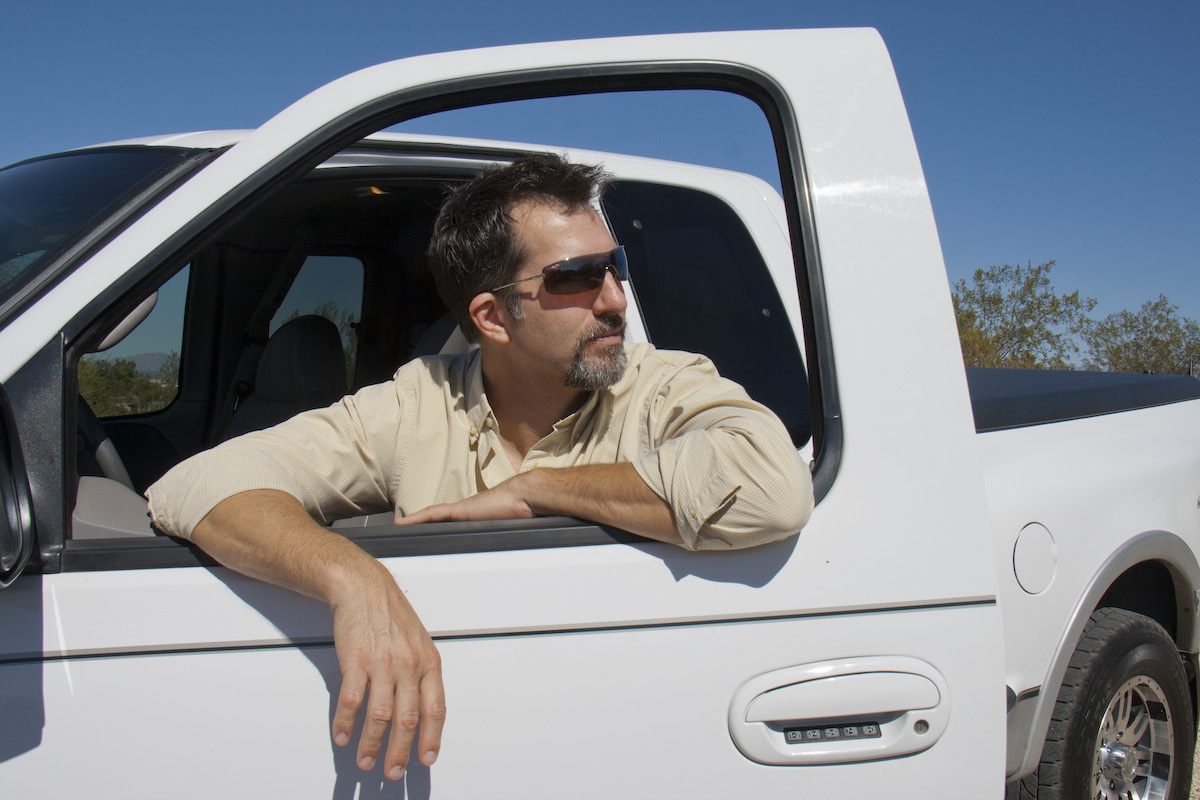
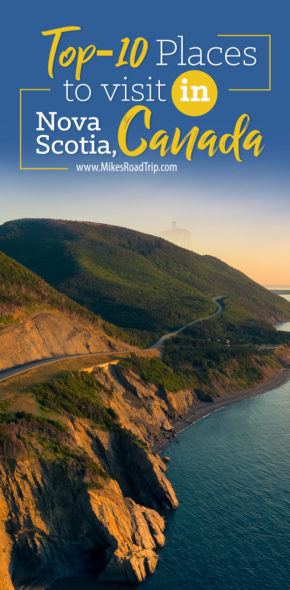

![Top-5 Best Places to visit in Belgium beyond Brussels [video included]](https://mikesroadtrip.com/wp-content/uploads/2020/07/Pin-6b-290x590.jpg)
![Top-10 Most Interesting Facts about Arizona [Video Included]](https://mikesroadtrip.com/wp-content/uploads/2020/07/Pin-2-290x590.jpg)
